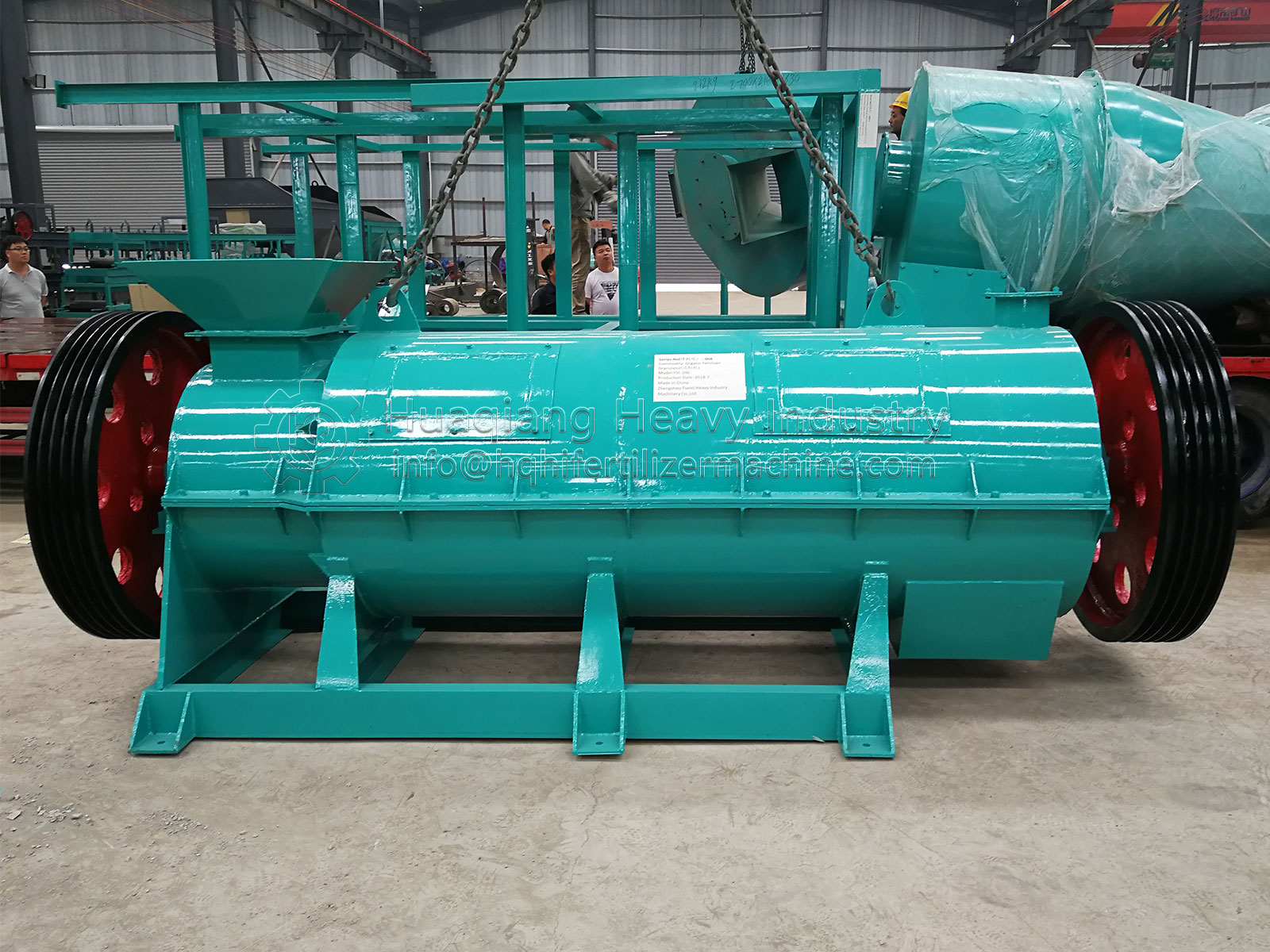(1) New features
The function of traditional fertilizer is to provide nutrition for crops or improve the nutritional environment, but the new fertilizer is broadened on the basis of nutritional function, which has the functions of water conservation (water conservation fertilizer), disease prevention (disease prevention biological fertilizer), and regulation of fertilizer nutrient release rate (controlled release, slow release, and promoting release). There are also some new fertilizers with outstanding functions of regulating agronomic traits, such as root promoting fertilizer, lodging resistant fertilizer, flower promoting and fruit protecting fertilizer, etc.
(2) New raw materials
The raw materials of traditional fertilizer are non renewable resources such as petroleum (nitrogen fertilizer), potash, high grade phosphate rock, etc. However, in the past decade, quite a lot of industrial and agricultural wastes, such as sugar filter mud, beer filter mud, livestock manure, straw, etc., have been successfully used as raw materials to produce organic-inorganic compound fertilizer by compost turning machine. Some difficult to use medium and low-grade phosphate rock, magnesite, potassium feldspar and other technologies for the production of phosphorus, magnesium, potassium fertilizer have also made breakthroughs. Using this kind of new resources to produce fertilizer can greatly broaden the original resources and alleviate the increasingly severe shortage of resources.

(3) New technology
The use of some new technical methods is also an important feature of the new fertilizer. For example, using some new technologies to produce fertilizers of different formulations, products of different fertilizer production line, and diversified fertilizer application methods. At the same time, the processing of the organic fertilizer granulator machine is also more conducive to the use of various agricultural facilities. The use of new technology can greatly reduce the amount of sulfuric acid and the processing temperature, and can even produce accelerated release of phosphorus, magnesium, and potassium fertilizers under the conditions of no acid and no calcination, so as to achieve the purpose of energy saving and low carbon.